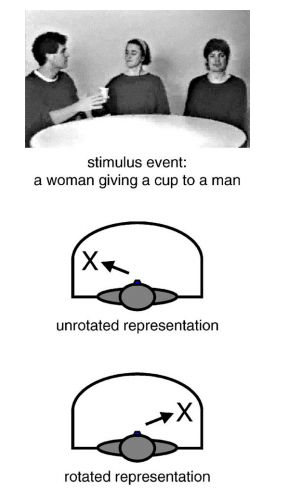Nicaraguan Sign Language facts for kids
Quick facts for kids Nicaraguan Sign Language |
|
|---|---|
| Idioma de Señas de Nicaragua, ISN | |
| Native to | Nicaragua |
| Region | The Managua region, but spreading throughout the country |
| Native speakers | Estimated 3,000 (1997) No census data available |
| Language family |
Deaf-community sign language: developed as a creole language from a home and idioglossic sign, with the addition of an ASL-influenced manual alphabet
|
Nicaraguan Sign Language, also known as Idioma de Signos Nicaragüense (ISN), is a special sign language. It was created by deaf schoolchildren in Nicaragua. This happened in the 1970s and 1980s.
The language started when the government of Nicaragua opened the first schools for deaf children. This was in the 1970s. Linguists (people who study language) are very interested in ISN. It helps them understand how new languages are born and grow.
Contents
How Nicaraguan Sign Language Began
In the 1970s, deaf people in Nicaragua often lived alone. They rarely met other deaf people. They used simple gestures to talk with their families and friends.
In 1977, a special program for deaf children started in Managua. At first, about 50 children joined. When the Sandinist government came to power, more schools opened. The number of students grew to hundreds. By 1983, about 400 deaf students were in schools.
Creating a New Way to Communicate
The schools tried to teach students to read lips. They also taught a hand alphabet to spell words. But this was very hard for most students. They struggled to learn Spanish this way.
The children found it difficult to talk with their teachers. So, during breaks and free time, they started to create their own way to communicate. They used gestures and signs from home. This mix of signs became a simple language, like a "pidgin." This first step is called Lenguaje de Signos Nicaragüense (LSN).
Later, this simple pidgin language grew more complex. It became a full "creole language." Students who left school early still use the simpler LSN.
Discovering a Real Language
The school staff didn't realize a new language was forming. They thought the children were just using mimics. They also thought the children were failing to learn Spanish.
Since they didn't understand what the students were saying, they asked for help. In 1986, Judi Kegl, an expert in American Sign Language, came to Nicaragua. She studied the children's communication.
Judi Kegl found that the younger students had made the pidgin LSN much more complex. It now had a clear grammar and rules for arranging verbs. This more developed form is what we call ISN today.
See also
 In Spanish: Lengua de señas nicaragüense para niños
In Spanish: Lengua de señas nicaragüense para niños



